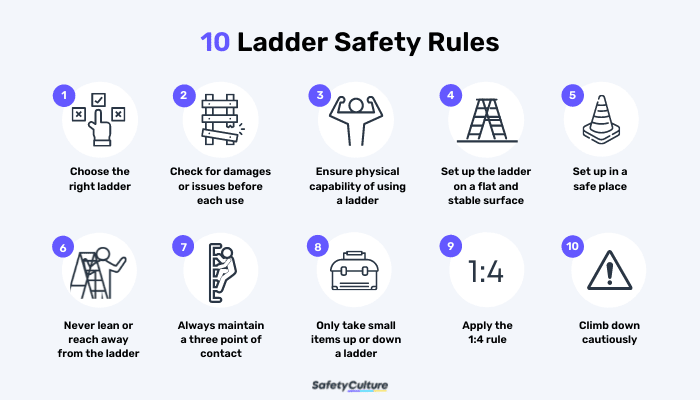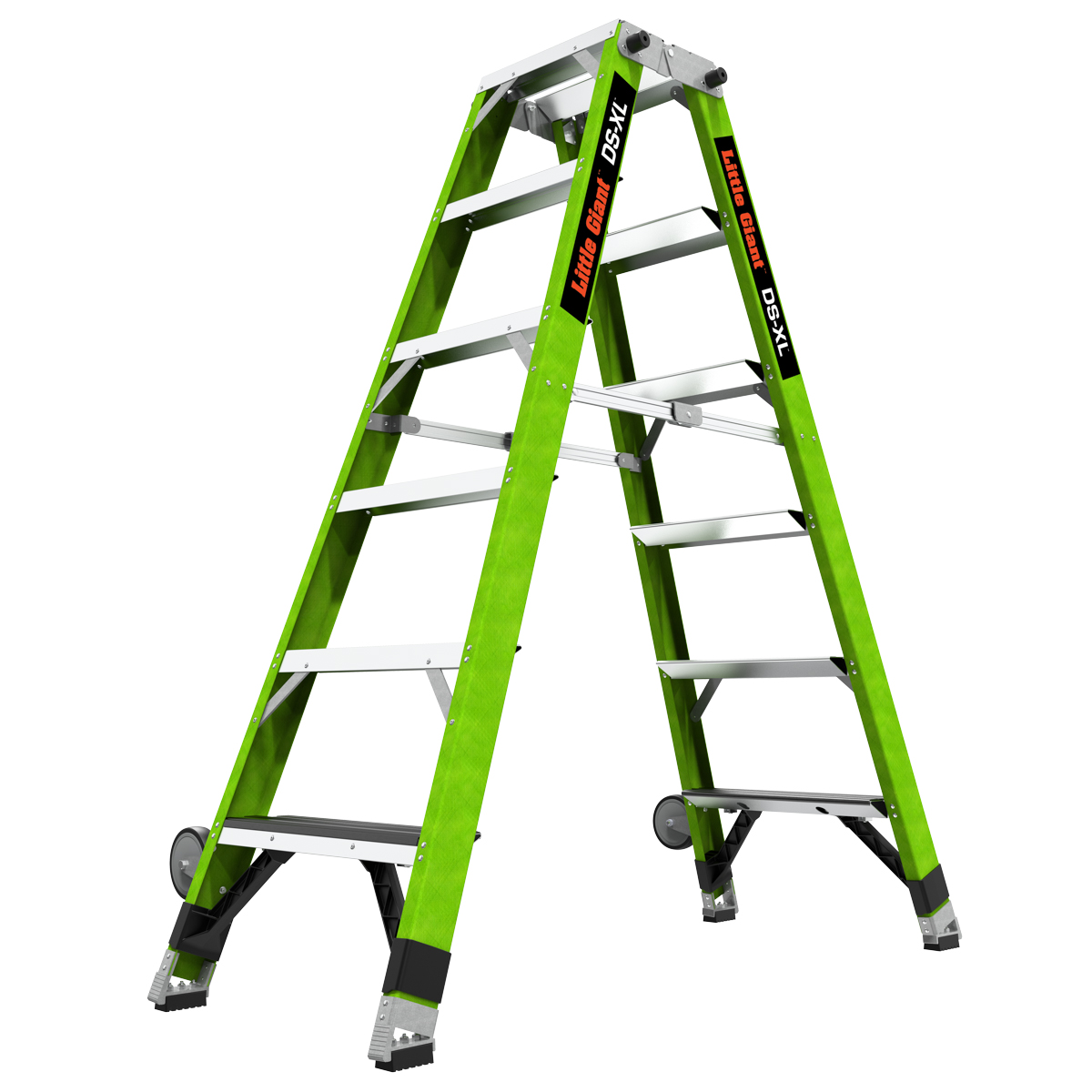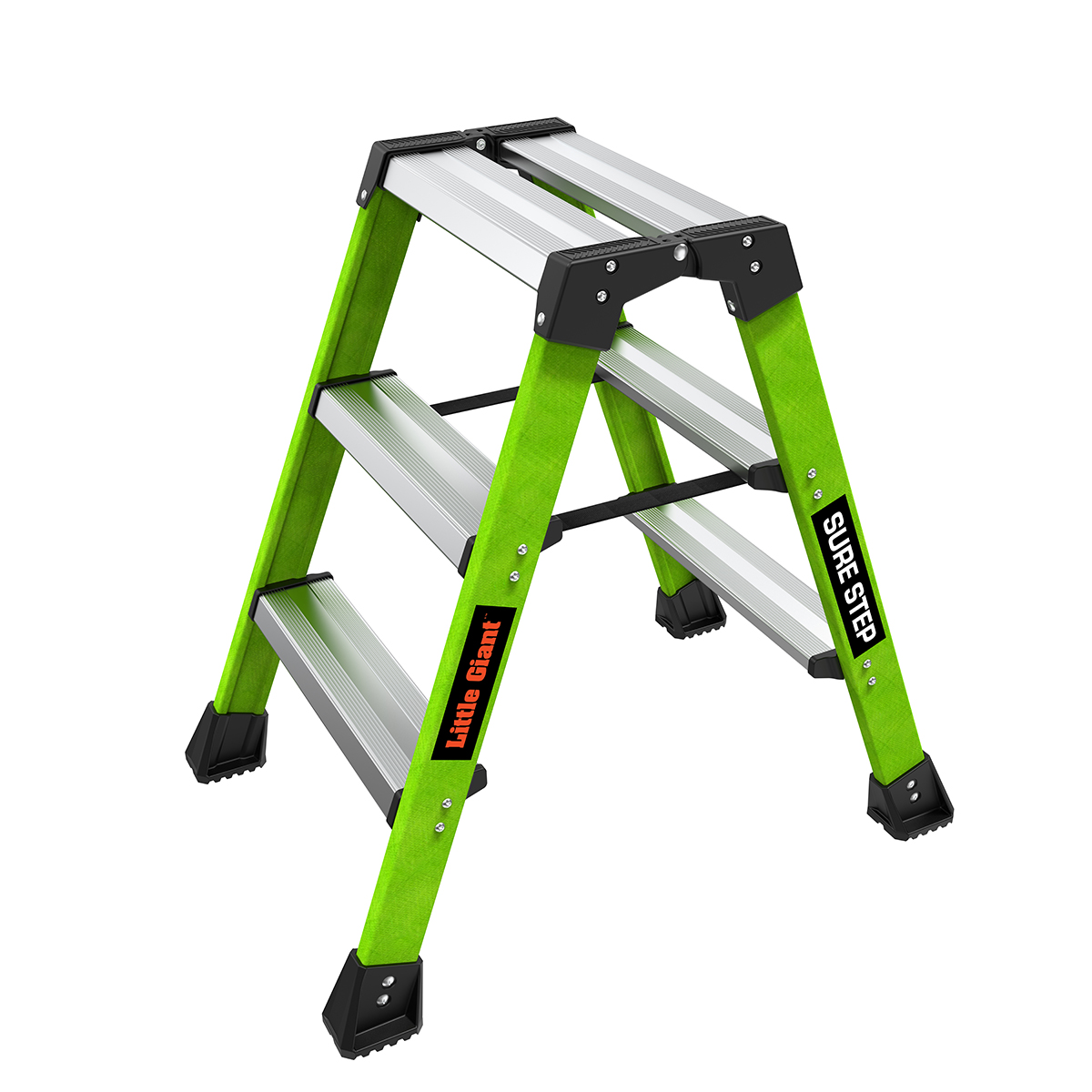Safety of Ladders: A Comprehensive Guide to Choosing and Using Them
Safety of Ladders: A Comprehensive Guide to Choosing and Using Them
Safety of Ladders: A Comprehensive Guide to Choosing and Using Them
Image credit: https://www.webstaurantstore.com/article/711/ladder-safety.html
Ladders serve as indispensable tools in various settings, from construction sites to household chores. However, ensuring safety while selecting and using ladders is paramount to prevent accidents and injuries. In this article, we explore the importance of standards, certifications, and essential precautions for safe ladder usage in daily life and professional environments.
Standards and Certifications: The Foundation of Safety
When selecting a ladder, it’s crucial to look for products that meet industry standards and certifications. Organizations like the American National Standards Institute (ANSI) and the Occupational Safety and Health Administration (OSHA) provide guidelines for ladder design, construction, and usage. Look for labels indicating compliance with standards such as ANSI A14 series or OSHA 1910.23 for fixed ladders. These certifications ensure that the ladder has undergone rigorous testing and meets safety requirements.
Precautions: Mitigating Risks at Every Step
Before ascending any ladder, take the time to assess the environment and ensure proper setup. Position the ladder on stable ground, away from obstacles or slippery surfaces. Check for defects or damage, such as bent rails or missing rungs, and never use a ladder in such conditions. Always maintain three points of contact while climbing – two hands and one foot, or two feet and one hand – to ensure stability and balance. Additionally, avoid leaning too far to either side or overreaching, which can lead to loss of balance and falls.
While Ascending: Climbing Safely and Confidently
As you begin your ascent, maintain a steady pace and focus on each step. Use the ladder’s side rails for support and grip firmly to prevent slipping. Keep your body centered between the rails and avoid leaning too far forward or backward. Ascend one step at a time, ensuring each foot is securely positioned before moving upward. If necessary, utilize safety accessories such as harnesses or ladder stabilizers to enhance stability and prevent swaying.
While Descending: Descending with Care and Caution
Descending a ladder requires as much attention as ascending. Face the ladder and descend one step at a time, using a controlled motion. Keep your body close to the ladder and maintain a firm grip on the side rails. Avoid skipping steps or jumping down, as this increases the risk of losing balance and falling. Take your time and descend carefully, ensuring each foot is safely placed on the rung before moving downward.

Image credit: https://safetyculture.com/topics/ladder-safety/10-ladder-safety-rules/
In conclusion, the safety of ladders is of utmost importance in both daily life and professional settings. By adhering to standards, certifications, and essential precautions, individuals can mitigate risks and prevent accidents while selecting and using ladders. Remember to always inspect the ladder before use, maintain proper setup and positioning, and climb with caution, ensuring a secure ascent and descent. With these guidelines in mind, individuals can confidently and safely utilize ladders in various environments.







